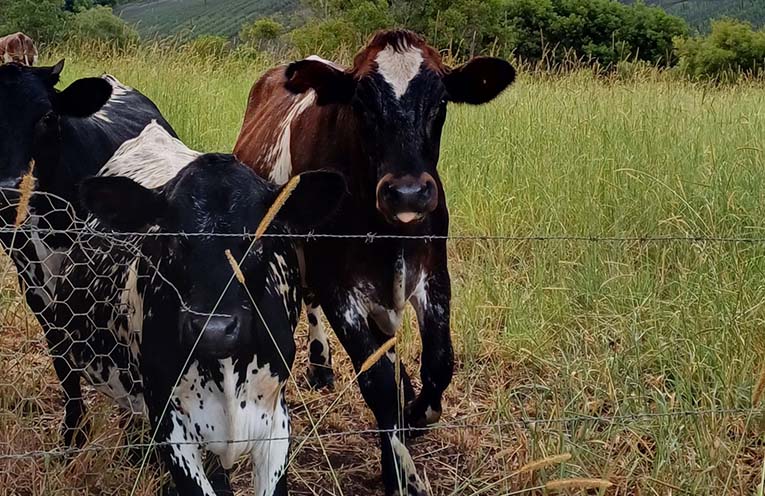
CATTLE producers need to work closely with neighbouring properties to ensure they understand what products are being sprayed and when before selling cattle.
This is the advice from the Integrity Systems Company (ISC), which manages the vendor declarations for Australia’s red meat industry.
 Advertise with News of The Area today.
Advertise with News of The Area today.It’s worth it for your business.
Message us.
Phone us – (02) 4981 8882.
Email us – media@newsofthearea.com.au
When cattle are consigned (sold), producers are required to complete the ISC’s National Vendor Declaration and Waybill (NVD).
During this process they are asked whether any of the cattle have grazed in a spray drift risk area in the past 42 days.
The declarations of this legal document must be disclosed to potential buyers and made available to them after the sale.
“Some chemicals do not have any withholding periods, but most do, so practically, if livestock or livestock feed (grazing land or fodder/hay/grain etc.) is nearby to activities where spraying is occurring then communication with neighbours is critical to understand what product is being sprayed, the withholding periods (if applicable) and under what wind conditions to mitigate the chemical residue risk,” the ISC spokesperson told NOTA last week.
Explanatory notes of the NVD define a spray (drift) risk area as “all grazing land, fodder and forage crops that at the time of the application (of a spray) were within 750 metres downwind of a site treated by aerial application and 200 metres downwind of ground rig treated sites”.
Concerns have been raised that the ever-growing number of blueberry growers in the region will mean spray risk implications for an increasing number of farmers across the Nambucca Valley.
Potential impacts to farming operations was one reason why Nambucca Valley Council recently sought to amend its LEP (Local Environmental Plan) 2010 to require development applications (DA) for intensive horticulture.
Council sought to introduce mandatory separation and buffer zones between new intensive horticulture farms and other land uses, however that amendment was last month knocked back by the NSW Department of Planning, Housing and Infrastructure.
With the recent influx of intensive horticulture to the Valley, an increasing number of cattle producers have found their paddocks are less than the required 200 metres from ground sprayed rows of plants.
“Basically, if spray drift is a known risk or if the producer is aware or unsure of a spray drift incident or status and are consigning livestock in that 42-day period that is when they answer ‘yes’ (on the NVD) to mitigate risk,” the ISC spokesperson explained.
The NSW Farmers Association told NOTA that they had no specific examples of cattle producers ticking ‘yes’ to the declaration regarding spray drift on the NVD.
“Cattle producers are required under the Livestock Production Assurance Program (LPA) to ensure cattle moving off their Property Identification Code (PIC) do not have unacceptable levels of chemical residue,” a spokesperson from NSW Farmers said.
To date however, chemical residues detected in Australian beef have been a relatively rare occurrence.
According to the Department of Agriculture, over the past five years (July 2019 to 30 June 2024) the National Residue Survey (NRS) monitoring scheme has screened 27,371 beef samples for a range of pesticides, medicines and environmental contaminants.
“There have been a total of 12 non-compliant beef results found against Australian standards during that time,” a spokesperson for the Department said.
By Ned COWIE
